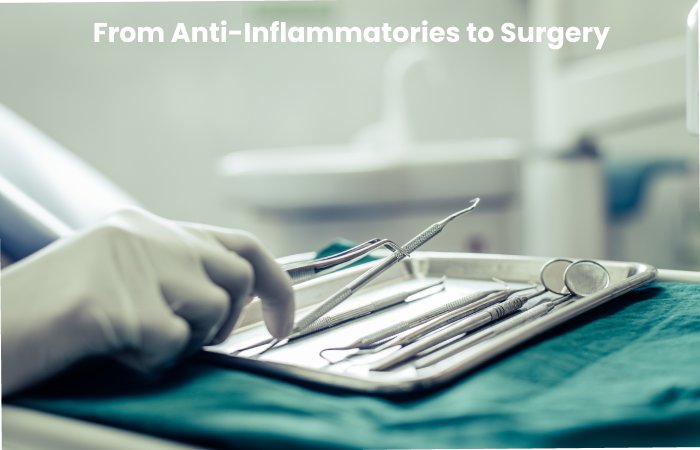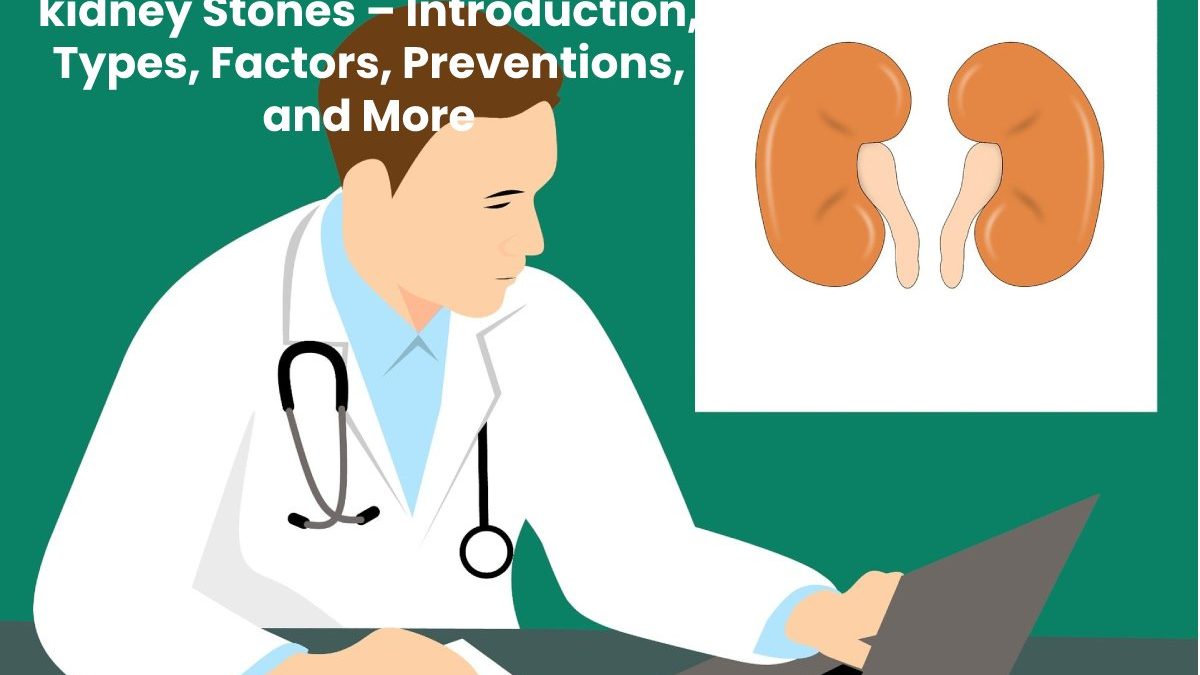Table of Contents
Crystallized Urine Elements
A kidney stone is also known as renal lithiasis. These masses can stay there or portable to the ureter but not permanently, expelled during urination. Otherwise, they can cause difficulties such as difficulty passing urine and hurt.
Its dimensions can be millimeters, from those commonly known as “arenas” up to numerous centimeters. One or more kidney stones may exist at the same time. They frequently show a brown or yellowish color, with more or less smooth and regular contours or irregular.
One in Ten People will get a kidney stone.
It is a reasonably mutual illness. Usually, the incidence increases after 20 years and is maximum between 40 and 60, especially in men. There is also the second-highest incidence after 60 years. In general, it affects men more than women, in a ratio of approximately two to one, although this difference seems to reduce in recent years. Calcium stones, the most common stones
There are mainly four types of stones or kidney stones:
Calcium Calculations
The calcium that our form does not use goes to the kidneys, where it is retained and can combine with substances such as oxalate – present in foods such as spinach or vitamin C supplements – to form the stone. Phosphate and carbonate are other substances with which calcium combines, and up to 40% of calcium stones are of mixed composition. They are the most mutual (they signify between 60%-80% of all).
Struvite Stones
Between 5%-15% of stones are of this type. They are more frequent in women and are often the product of repeated or chronic infections in the urinary system. They can become large and obstruct the kidney, ureters, or bladder.
Uric Acid Stones
5% to 10% of stones. More common in people who eat a lot of meat, shellfish, and fish and can also appear in cases. The urine contains an extreme amount of this acid, such as in patients with gout, blood disorders, undergoing chemotherapy, or who have suffered rapid weight loss, among other cases.
Cystine Stones
1% of kidney stones have this composition. Although they affect both genders, they are rare and caused by a genetic disorder called cystinuria. The kidneys dump too much cysteine, an amino acid found in muscles, nerves, and other body parts, into the urine.
Diet and Family Heredity, Risk Issues – Kidney Stones
Several aspects can affect the appearance of kidney stones:
Having a Family History
We are further likely to progress stones if our relative has had them before. In fact, according to some specialists, this condition triples the risk of suffering from them.
The Diet
A diet rich in fats, sweets, and animal proteins and the intake of high amounts of sodium (salt) increases the risk of calcium stones.
The Amount of liquid Consumption
Dehydration – It can cause the urine to be too concentrated, which, in turn, favors the formation of crystals.
Metabolic disorders derive from some genetic diseases. The concentrations of substances in the urine transform. Such as cystinuria, primary hyperoxaluria, or cystic fibrosis. Thus, it produces the formation of kidney stones.
Urinary Tract Infections and Some kidney Disorders
for example, cystic kidney disease, nephrocalcinosis (excess calcium in this organ), congenital disabilities such as sponge or horseshoe marrow kidney, etc.
Anomalies in the urinary tract (narrowing, dilation, suffering from obstruction at the junction of the ureter with the kidney. These anomalies obstruct the urinary flow and create areas where the urine stagnates, facilitating stones formation.
Other diseases: gout, conditions of the thyroid or parathyroid glands, or others of a gastrointestinal nature such as Crohn’s disease, among others, also increase the risk of suffering from stones.
Very Intense Pain – Kidney Stones
The symptoms and signs of kidney stones can vary based on the size and location of the stone. The most common are:
Severe pain occurs when the stone blocks urine flow over the ureter. It is usually a high-pitched pain in the lower back and side, which can radiate to the groin, thigh, or genitals. This pain is often defined as one of the most painful experiences, even more so than giving birth.
- Blood in the urine.
- Nausea and vomiting
- Urine that smells bad or looks cloudy
- Pain when urinating
- Fever and chills
- Urine infections
- If the stones are small or fail to block urine flow, they may not cause symptoms
From Anti-Inflammatories to Surgery – Kidney Stones

There is a 95% chance of passing a small stone within six weeks of having renal colic. For this, there are several types of treatments:
Traditionally, it recommends that, in the case of small or asymptomatic stones, you drink six to eight glasses of water a day to increase the amount of urine and help eject the stone. There is no clear evidence that overhydration decreases stone expulsion times. However, other current sources recommend avoiding extreme hydration in the acute colic stage because it could worsen symptoms.
However, kidney stones can cause kidney infection and permanent organ damage or serious complications. Suppose capsules do not work and symptoms persist. Active treatment is needed to remove the stone from the urinary tract and allow adequate urine flow. Thus, these remedies break the rock into tiny pieces or trap it whole through the ureter.
Therefore, surgery is essential for large and challenging access stones that previous techniques cannot approach.
Ten Recommendations to Prevent Kidney Stones
The following lifestyle guidelines can help prevent kidney stones, especially in people who are more likely to develop them.
1. Drink 2.5 to 3 Liters
Do it regularly throughout the day, especially if you live in a hot climate or do a lot of physical exercises. Opt for neutral pH drinks like water or milk.
2. Limit your intake of Soft Drinks
These products have a high phosphoric acid content, contributing to stone formation.
3. Try to Avoid Alcohol
Apart from not being recommended for health, it can also favor the appearance of gout, which is a predisposing factor for the formation of kidney stones.
4. Stay Alert with Calcium
Ensure that your body collects at least a thousand milligrams a day, but consult your health professional before taking supplements.
5. Do not Abuse Salt
Since kidney stones are associated with high sodium intakes, try to get no more than 3-5 grams a day.
6. Opt for Plant Protein over Animal Protein
Try to moderate the consumption of meat, incredibly the less lean, and, instead, increase the consumption of foods such as avocado, cauliflower, and peas, which are rich in vegetable protein.
7. Control Oxalate in your Diet
Since it is one of the substances present in many stones, it is advisable to opt for foods with low oxalate concentration and avoid others such as spinach, walnuts, rhubarb, and wheat bran.
8. Watch your Urine
It should be light in color and reach a volume of between 2 and 2.5 liters and a half a day. If the doctor indicates it, it may be necessary to collect it to control the amount.
9. Stay Fit
Try to prevent your body mass index (BMI) from exceeding healthy limits (18-25 kg/m2) and watch your weight. Exercise daily will help you achieve this and also help you feel better.
10. Trust your Doctor’s Recommendation
Depending on the characteristics and cause of your kidney stones, he will prescribe the necessary medications and dietary changes convenient for you to prevent future episodes.
Conclusion
The presence of kidney stones is a disease with a high prevalence. Therefore its early diagnosis allows the formation of recurrences to be avoided and also the possible complications that this disease can cause.
Also Read: Kidney Beans Nutrition – Explanation, Facts and Benefits, And More

